The Pot of Rhodes acceded, in the 16th century, to eminent functions at the court: Jean (+ 1571), Guillaume (+ 1603), François (+1619) and Claude Pot (+ 1642), lords of Rhodes, thus succeeded each other. in the office of provost then grand master of the Ceremonies of France, a function which remained in their family until 1684. As such, the Pot of Rhodes were in charge of the organization of the royal ceremonies; they were also provosts of the two royal orders of Saint-Michel and the Saint-Esprit. [1].
Our subject embodies a young woman, Marie Louise Pot from Rhodes, then in her twenties. The richness of the blue silk dress embroidered with pearls and gold threads, precious stones, veils and lace, reinforces the importance of its rank. We find the famous pearl necklace which will be one of the most popular jewels within the aristocracy and this since the 1630s. The hairstyle "à la garcette" of our model indicates the important condition of its carrier and is often part of the baroque style of the 17th century. Of Spanish origin, this thin curly fringe was made fashionable by Queen Anne of Austria. It lasted from the years 1630 to 1660.
The stylistic characteristics of our painting are very similar to other portraits made by the Beaubrun brothers, representing many women of the Court of France often with the same attributes, thus embodying an ideal of feminine beauty. This meticulous and precious style, inspired by the Dutch model, is typical of the achievements of Charles and Henri Beaubrun.
The general atmosphere, emphasizing the intimacy of the model in an interior, is reinforced by a subtle play between the harsh light, coming from the right, and the deep shadows that it creates, on its opposite, on the fabrics and the flesh. . The resumption of lighting, behind the model's neck, thus emphasizes the natural curve of the body. The face is treated with great finesse in the velvety of the flesh, entirely devoted to the light. The porcelain complexion, the mouth all coral, the softness of the gaze which lights up with great poetry, characterize a remarkable work at the level of skin tones, in the subtlety of the physiognomy as well as in the precision of the drawing.
Our painting is borrowed from a remarkable technique and demonstrates the talent of the two painters in drawing inspiration from the drawn portraits of the 16th century with a slightly solemn note which undoubtedly comes from F. Pourbus the Younger.
It should be noted that their works are mainly produced jointly. Moreover, Louis XIV liked to see the two artists putting one touch after the other and had fun having them change hands without the style changing. This habit of working together is evidenced by a picture painted by their pupil Martin Lambert. This one, for his reception at the Academy in 1663, represented them both seated to work on the same work, a portrait of a woman, Henri giving advice to his cousin who holds the palette and the brushes in his hand. This association commits not trying to distinguish the hand of each of the two cousins who did everything to be confused.
Until the end of the 1660s, the portraits of Henri Beaubrun and his cousin Charles Beaubrun were very successful.
Appreciated by the royal family and in particular by the queen mother Anne of Austria, the two artists built up a rich aristocratic clientele in the midst of which shone a good number of ladies of the court. These portraits, of which the official character is obvious, were, for some of them, ordered by the king himself to adorn his residences. Louis XIV was then inspired by a vogue born in Italy at the end of the 15th century and which consisted in bringing together in a gallery or a cabinet, a collection of portraits of women remarkable for their beauty.
These paintings offer a real snapshot of the French court at the dawn of the new reign and illustrate in their own way this brilliant decade in which, peace found inside and outside the kingdom, a prelude to the rise of the Great Century.
Our painting dates from the mid-17th century, around 1660. Work by Charles and Henri Beaubrun. It is presented in a gilded frame from a later period.
[1] We would like to thank Mr. Georges Magnier, Heritage Curator, Director of the Museums of the City of Reims, for the genealogical details of this notice.
Huile sur toile (60 cm x 47 cm) et son cadre (83 cm x 73,5 cm).
Littérature
Henri et Charles Beaubrun sont des peintres français actifs à la cour des rois Louis XIII puis Louis XIV et spécialisés dans les portraits des reines de France. Charles et son cousin, Henri Beaubrun, appartiennent à une famille de portraitistes français du XVIIe siècle. Ils étudient la peinture auprès de leur oncle, Louis Bobrun. Henri est très tôt attaché au roi Louis XIII, grâce à la charge de valet de garde-robe qu'occupait son père. Il devint ainsi porte-arquebuse du Roi. Georges Guillet de Saint-George, à propos d'Henri, écrit : « Sa Majesté […] ayant remarqué qu'il avait une grande disposition au dessin, voulût qu'il s'y attachât et qu'en apprenant à peindre, il apprît aussi ce qui est essentiel à la peinture comme la perspective, l'architecture et les quelques principes de géométrie... Lorsqu'après la mort de son père, il eut été reçu valet de garde-robe, il continua si heureusement ses premières études, malgré la distraction de sa charge, que le roi lui fit l'honneur de le choisir pour lui montrer à peindre le pastel... ». Il est ainsi engagé comme portraitiste, avec son cousin Charles, à la cour de Louis XIII puis Louis XIV, après qu'ils ont réalisé le tableau intitulé Louis XIV et la Dame Longuet de la Giraudière, la première nourrice. Les cousins collaborent alors entre 1630 et 1675, peignent de nombreux portraits officiels et se spécialisent dans les portraits des reines de France. Au milieu du siècle, ils connaissent un grand succès auprès des dames de la cour et plus particulièrement des adeptes de l'ancien style formaliste et courtois de Frans Pourbus le Jeune. Leurs œuvres sont principalement réalisées conjointement. Leur collaboration est telle qu'il est impossible de différencier leur coup de main. Leurs œuvres individuelles leur sont ainsi conjointement attribuées. En 1648, ils participent à la fondation de l'Académie royale de peinture et de sculpture.
Concernant la Galerie Valtesse
● Nos tableaux sont soigneusement sélectionnés en fonction de leur qualité, de leur âge ainsi que de leur bonne condition de conservation.
● Nous proposons à la vente uniquement des peintures d'époque ancienne.
● Vous désirez décorer votre habitation ou réaliser un investissement, nous serons heureux de répondre à vos questions !
● Nous livrons nos peintures dans le monde entier et nous prenons soin de réaliser des emballages très sécurisés.
● Nos tableaux ne sont pas tous répertoriés sur Proantic, aussi afin de voir la totalité de notre catalogue, vous pouvez consulter notre site internet : www.galerievaltesse.com
● Nous proposons la possibilité de paiement en plusieurs fois sans frais. N'hésitez pas à nous contacter pour en savoir plus.
● En plus de notre propre expertise, plusieurs de nos œuvres d'art sont authentifiées par un célèbre cabinet d'experts en tableaux anciens situé à Paris.




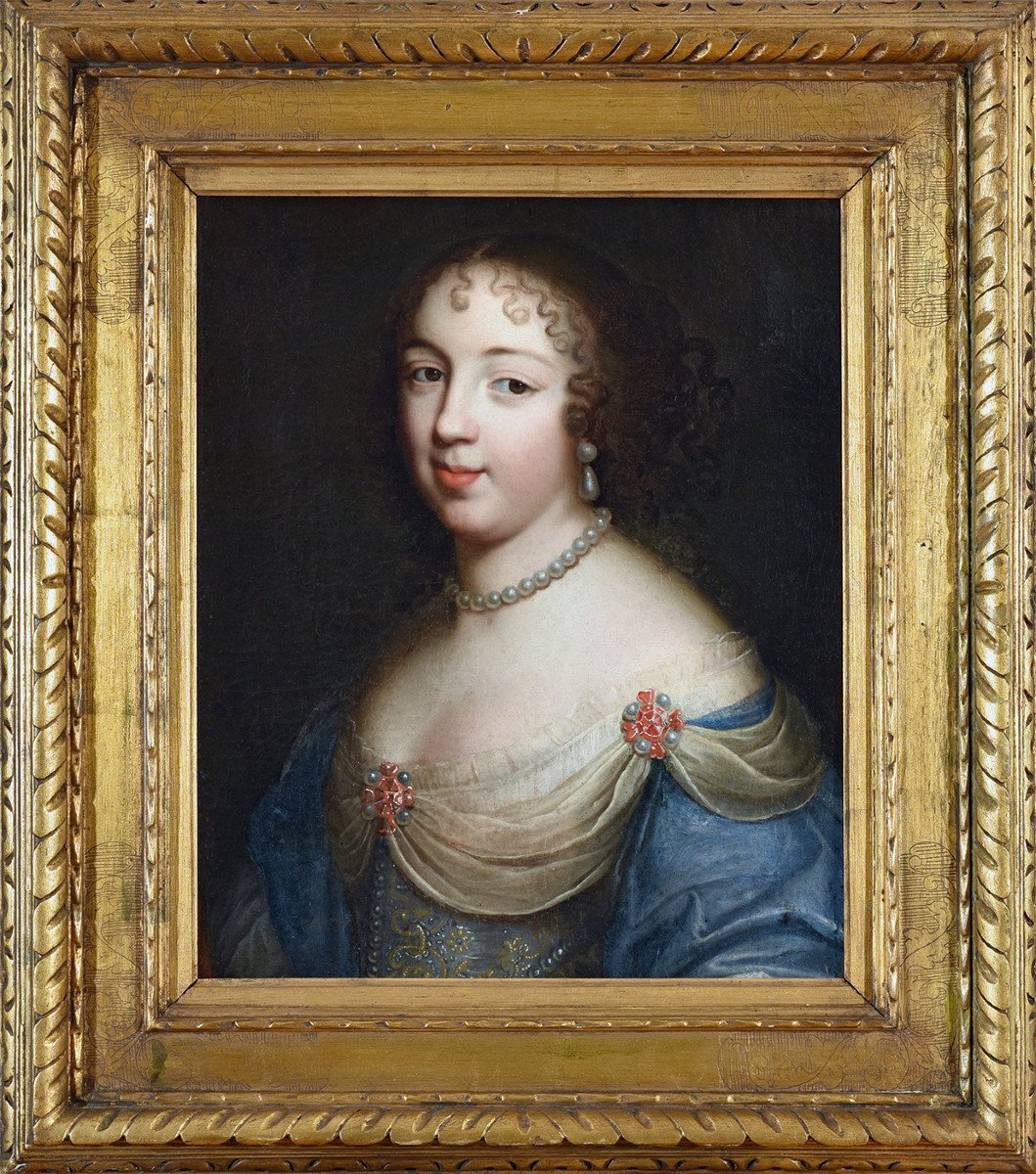
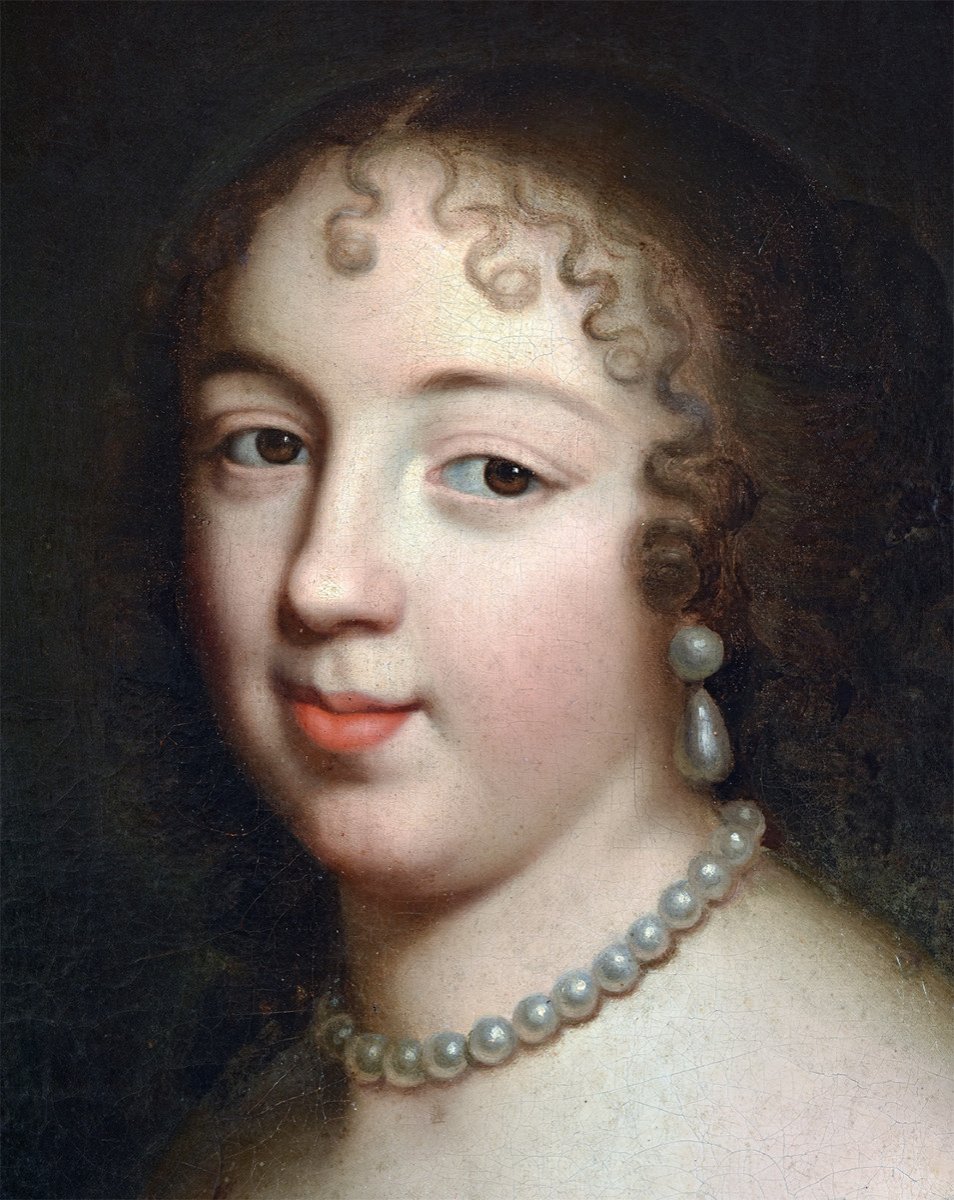
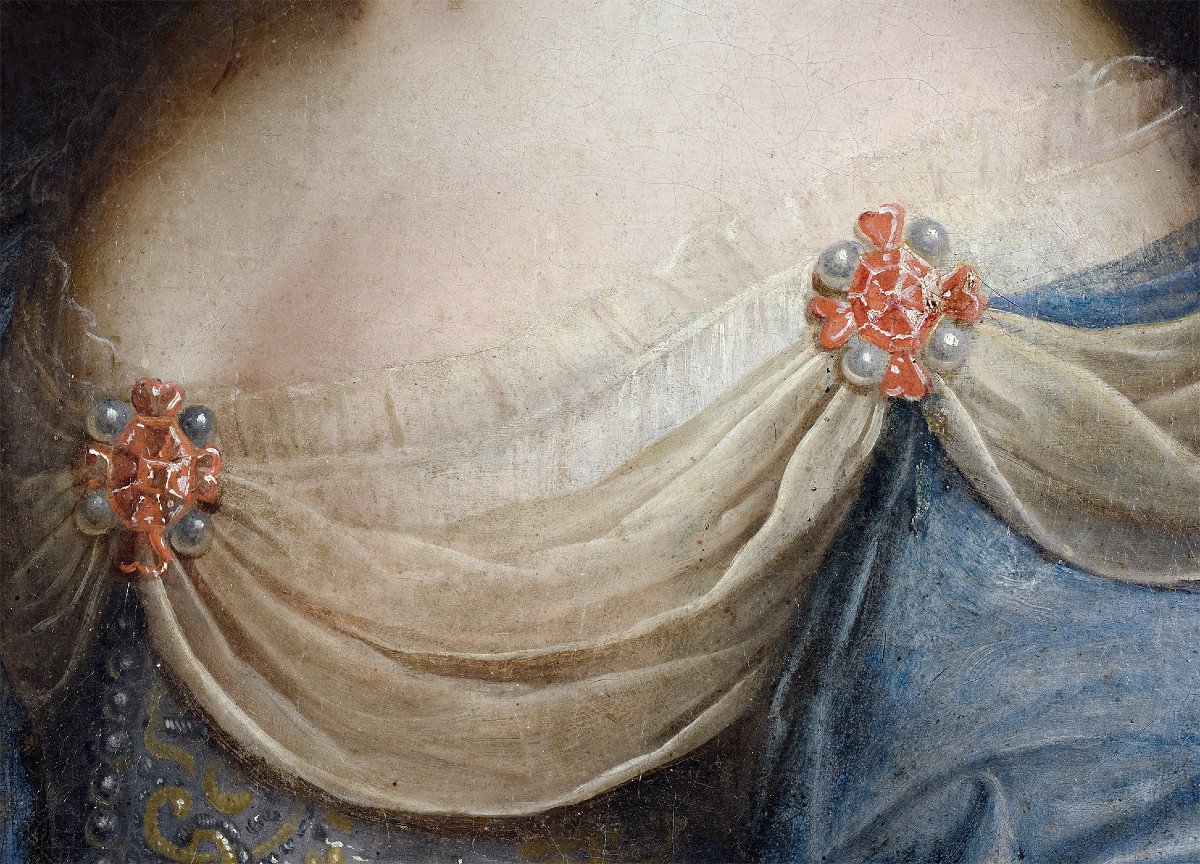
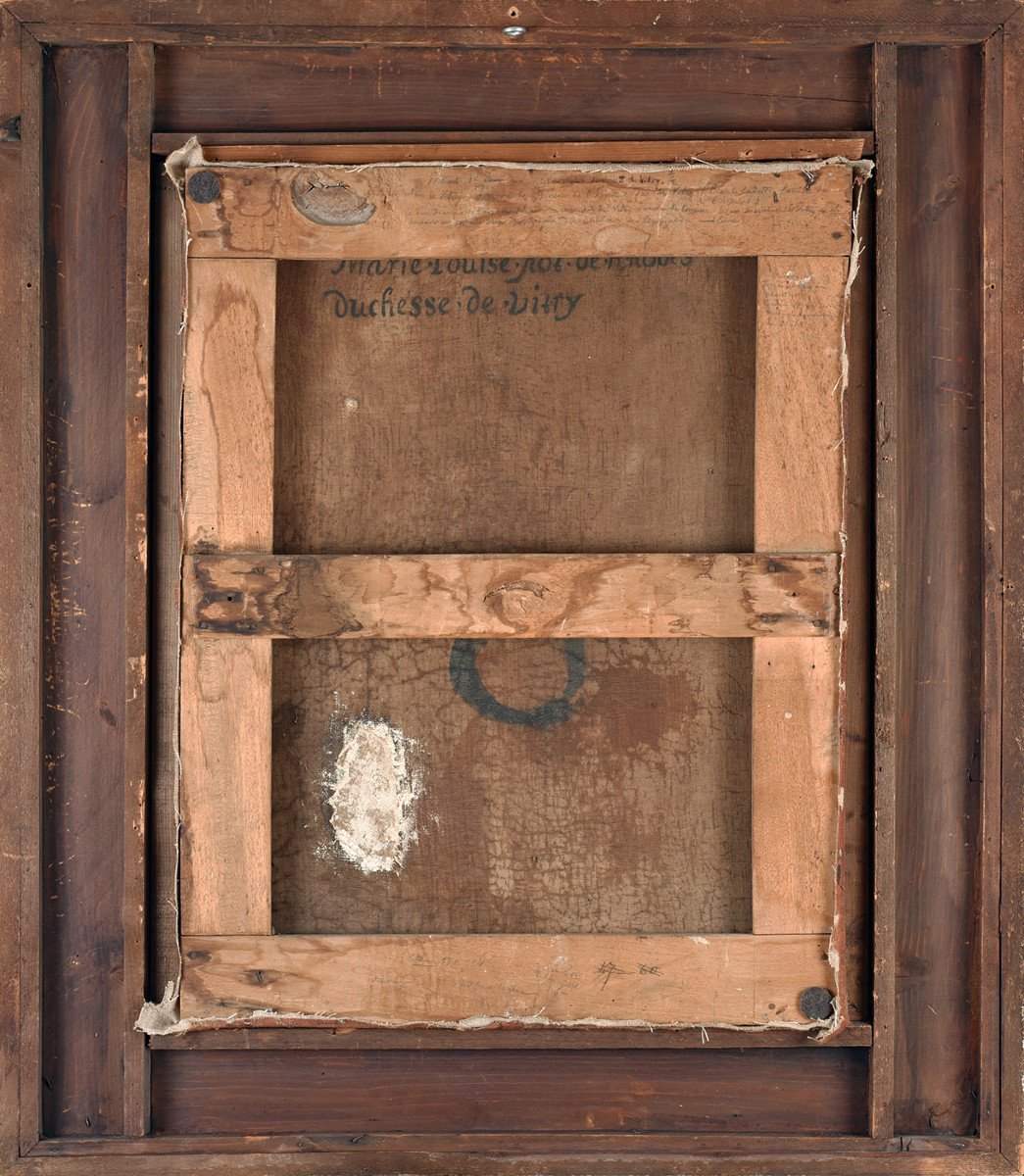



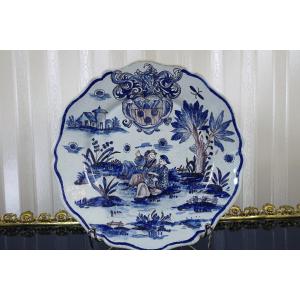
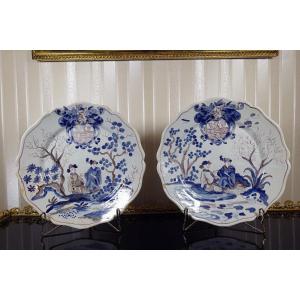
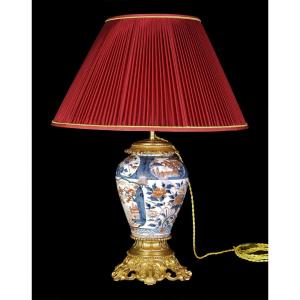

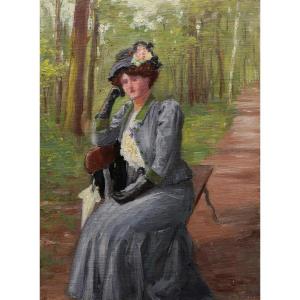
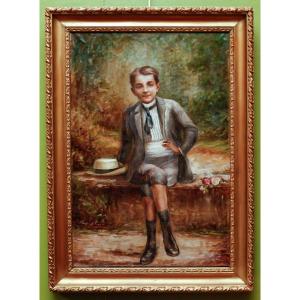
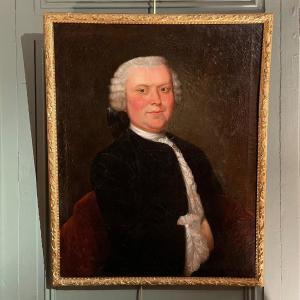

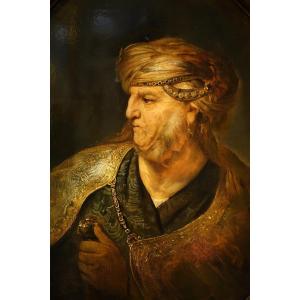
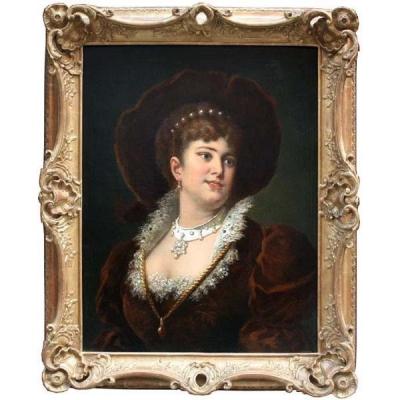



 Le Magazine de PROANTIC
Le Magazine de PROANTIC TRÉSORS Magazine
TRÉSORS Magazine Rivista Artiquariato
Rivista Artiquariato
